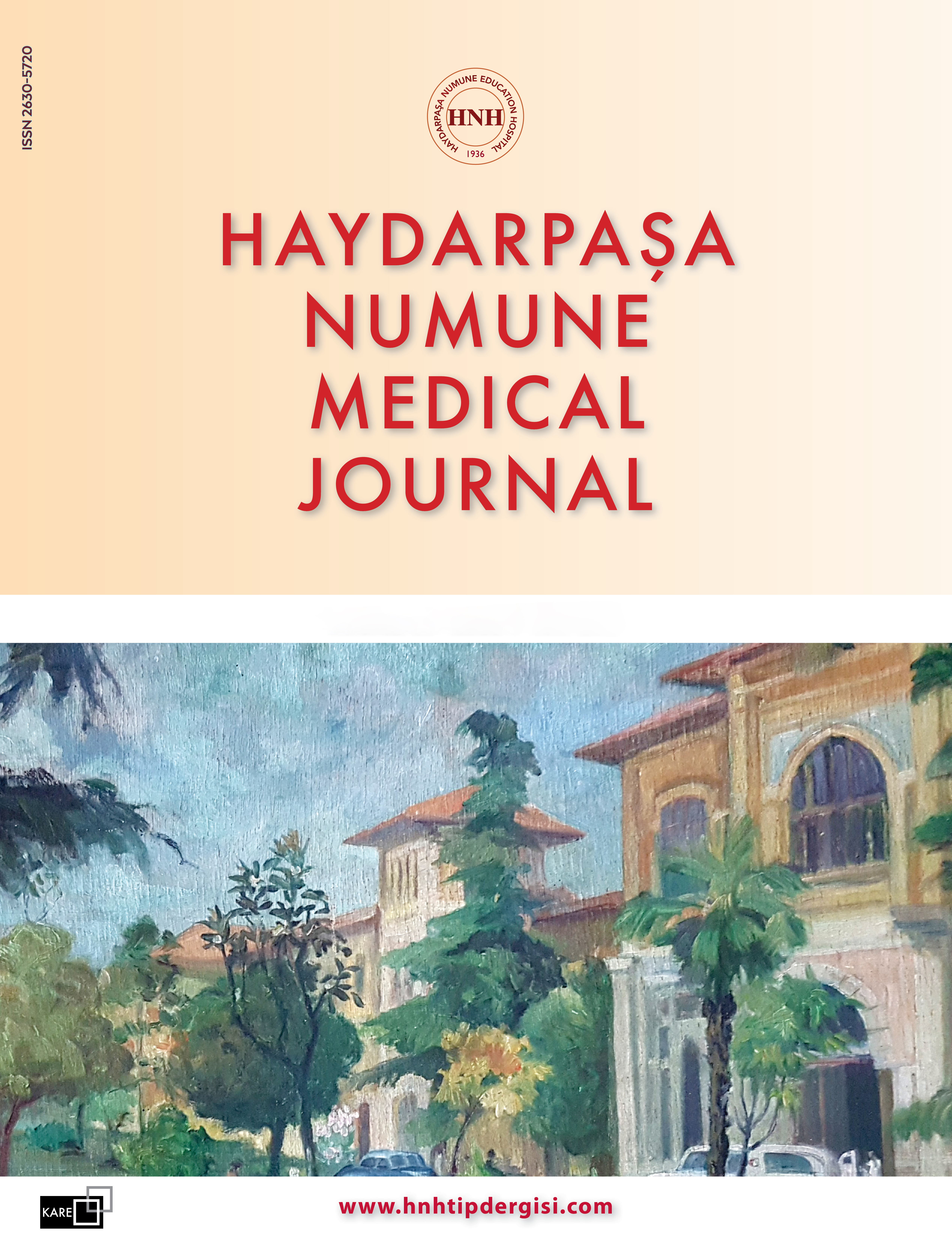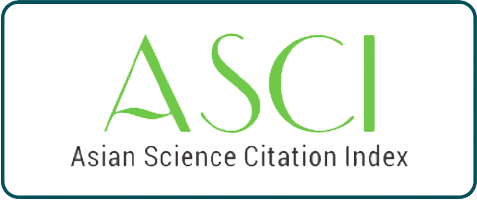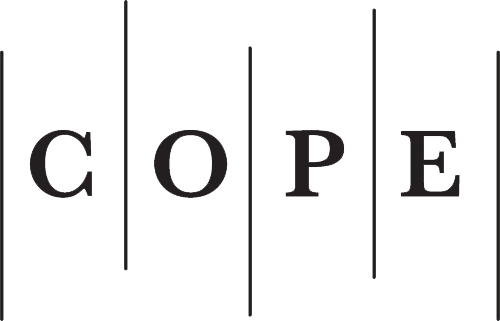Evaluation of Neisseria gonorrhoeae Culture Results and Antibiotic Usage in Patients Presenting with Urethral Discharge: Four-Year Retrospective Study
Halime Araz1, Aysel Kocagül Çelikbaş2, Ipek Mumcuoğlu3, Yılmaz Aslan4, Adalet Altunsoy5, Aliye Baştuğ5, Altuğ Tuncel61Department of Infectious Diseases and Clinical Microbiology, Ministry of Health Ankara Bilkent City Hospital, Ankara, Türkiye2Department of Infectious Diseases and Clinical Microbiology, Hitit University, Faculty of Medicine, Corum, Türkiye
3Department of Medical Microbiology, University of Health Sciences Türkiye, Gulhane Medical Faculty, Dr. Abdurrahman Yurtaslan Ankara Oncology Training and Research Hospital, Ankara, Türkiye
4Department of Urology, Uskudar University, Faculty of Medicine, Medicana Atakoy Hospital, Istanbul, Türkiye
5Department of Infectious Diseases and Clinical Microbiology, University of Health Sciences Türkiye, Gulhane Medical Faculty, Ankara Bilkent City Hospital, Ankara, Türkiye
6Department of Urology, Ankara Guven Hospital, Ankara, Türkiye
INTRODUCTION: The aim of this study was to evaluate the microbiological diagnostic results of Neisseria gonorrhoeae (N. gonorrhoeae) infections, assess the frequency of empirical antibiotic usage, and determine compliance with current treatment guidelines among patients presenting with urethral discharge.
METHODS: A retrospective analysis was conducted among 387 patients admitted with suspected gonococcal infection between June 2014 and February 2018 to the Departments of Infectious Diseases, Urology, and Gynecology at Ankara Numune Training and Research Hospital. Demographic characteristics, microscopy and culture results, treatment protocols, and antibiotic prescriptions were obtained from hospital information systems. The chi-square test was applied for statistical analysis, and p<0.05 was considered statistically significant.
RESULTS: A total of 387 patients with a mean age of 32.6±10.8 years were included; 99.9% (n=386) were male and 0.1% (n=1) were female. Among these patients, 73.9% (n=286) were referred from the Urology outpatient clinic, whereas 26.1% (n=101) were from Infectious Diseases. The overall isolation rate of N. gonorrhoeae was 13.7% (n=53). Among patients who received empirical antibiotic therapy (n=79), gonococcal culture positivity was 11.4% (n=9), whereas positivity was 14.3% (n=44) among those who did not receive empirical treatment (n=308) (p>0.05). Antibiotics were prescribed based on culture results to 88.1% (n=341) of patients. The most frequently prescribed antibiotic regimen was a combination of cephalosporin+doxycycline+azithromycin (19.1%). Among the 53 patients with gonococcal growth, antibiotics were prescribed to 96.2% (n=51), yet the recommended standard regimen of cephalosporin+azithromycin was administered to only 7.5% (n=4).
DISCUSSION AND CONCLUSION: This study revealed that culture and antimicrobial susceptibility testing were inadequately utilized in the diagnosis and management of gonococcal infections, and empirical antibiotic therapy demonstrated poor compliance with current guidelines. Increased clinical awareness and strict adherence to updated guidelines are required for the accurate diagnosis and effective treatment of gonococcal infections.
Keywords: Antibiotic therapy, antimicrobial resistance, Neisseria gonorrhoeae, urethritis.
Manuscript Language: English
















